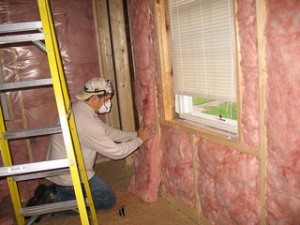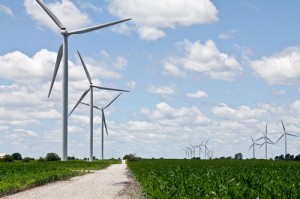
Home energy audits are an excellent way to ensure that homes are saving as much energy as possible. Poor insulation is often a major cause of energy leakage and high energy bills.
Photo courtesy of the Better Business Bureau – Flicker.
The energy industry is simultaneously one of the most environmentally damaging and economically costly sectors in the United States. That being said, great potential exists to improve the industry by investing properly in efficient technologies while reducing energy demand, which all begins in the home.
Residential activities play a tremendous role in national energy usage and greenhouse gas emissions. According to the EPA, the 128 million residential buildings in the United States are responsible for 21 percent of national carbon dioxide emissions. These buildings account for 20 percent of total energy consumption in the nation, as well as nearly 50 percent of total electricity consumption. Americans together spend $230 billion each year on energy in the home; the average household spends at least $2,000 a year on energy bills, over half of which goes to heating and cooling costs.
If the United States hopes to significantly mitigate its electricity and energy usage, thereby decreasing greenhouse gas emissions, a great deal of attention must be paid towards residential homes. As an added incentive, when homeowners choose to increase the energy efficiency of their homes, they not only are they doing something good for the environment, but they are also creating great monetary savings for themselves. A combination of public policy and individual household action is needed to successfully reduce the amount of energy that is currently being inefficiently used by America’s homeowners. Continue reading




